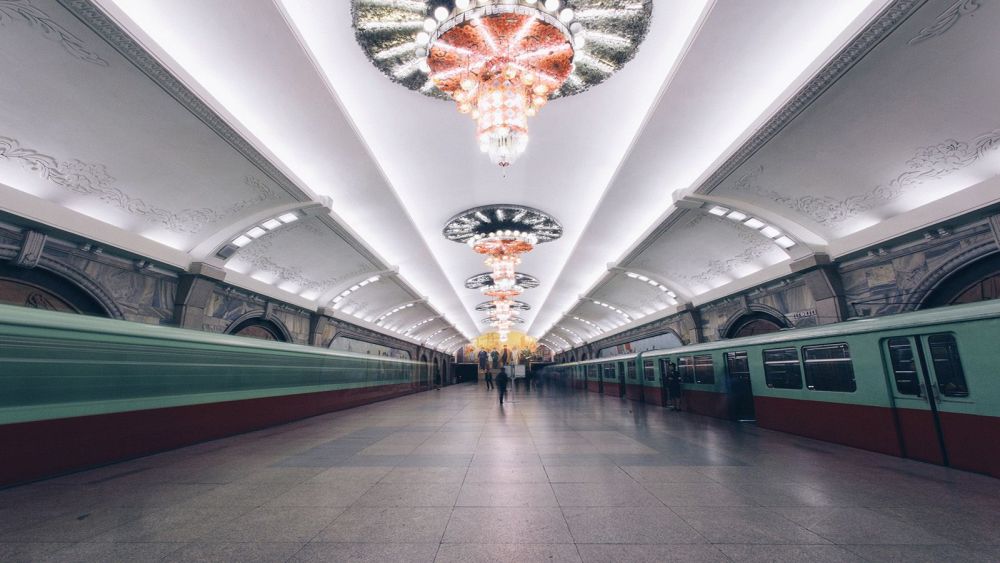

The history of tourism in Pyongyang, the capital city of North Korea, is quite unique compared to other global destinations. Traditionally, North Korea has been one of the most isolated and secretive countries in the world. It was not until the late 20th century that North Korea began to open its doors to foreign tourists, albeit in a very controlled and regulated manner. The surge in tourism can be linked to the government's realization that it could be a valuable source of foreign currency.
Tourism in North Korea is heavily monitored and guided, with visitors only allowed to see certain designated sights and always accompanied by government-approved guides. The Pyongyang Metro, being a significant feature within the city, became one of the showcased attractions for tourists who managed to enter the country.
The Pyongyang Metro is one of the deepest subway systems in the world, with elaborate stations that double as bomb shelters. The system opened to the public on September 6, 1973, and consists of two lines. It is known for its ornate architecture, reminiscent of Soviet-era design, and the stations are adorned with mosaics, sculptures, and chandeliers, making it an unusual underground palace of art.
For tourists, a ride on the Pyongyang Metro presents a rare opportunity to interact, albeit in a limited fashion, with local North Koreans. Foreigners are often fascinated by the metro's retro look and the insight it gives into daily life within the country.
In recent years, there have been slight signs of change in the tourism industry of Pyongyang. The state has initiated several projects aimed at attracting more tourists, including those from Western countries. This includes the Masikryong Ski Resort and the Wonsan-Kalma coastal tourist area.
Nevertheless, tourism in North Korea still remains tightly controlled, with visitors only allowed to take photographs of what they are permitted to see. With the advent of social media, more images and stories have been emerging from those who visit Pyongyang, providing a glimpse into this isolated society. Additionally, there has been a growing trend in “dark tourism”, where travelers seek to visit politically complex and historically significant destinations, placing Pyongyang on the map for many adventurous tourists.
However, it's important to note that due to the global situation, such as the COVID-19 pandemic and ongoing international sanctions, tourism to North Korea has faced numerous restrictions and is subject to the dynamic political climate.
Travel advisories and diplomatic relations play a critical role in Pyongyang's tourism trends and should be closely monitored by any prospective tourist considering a visit.